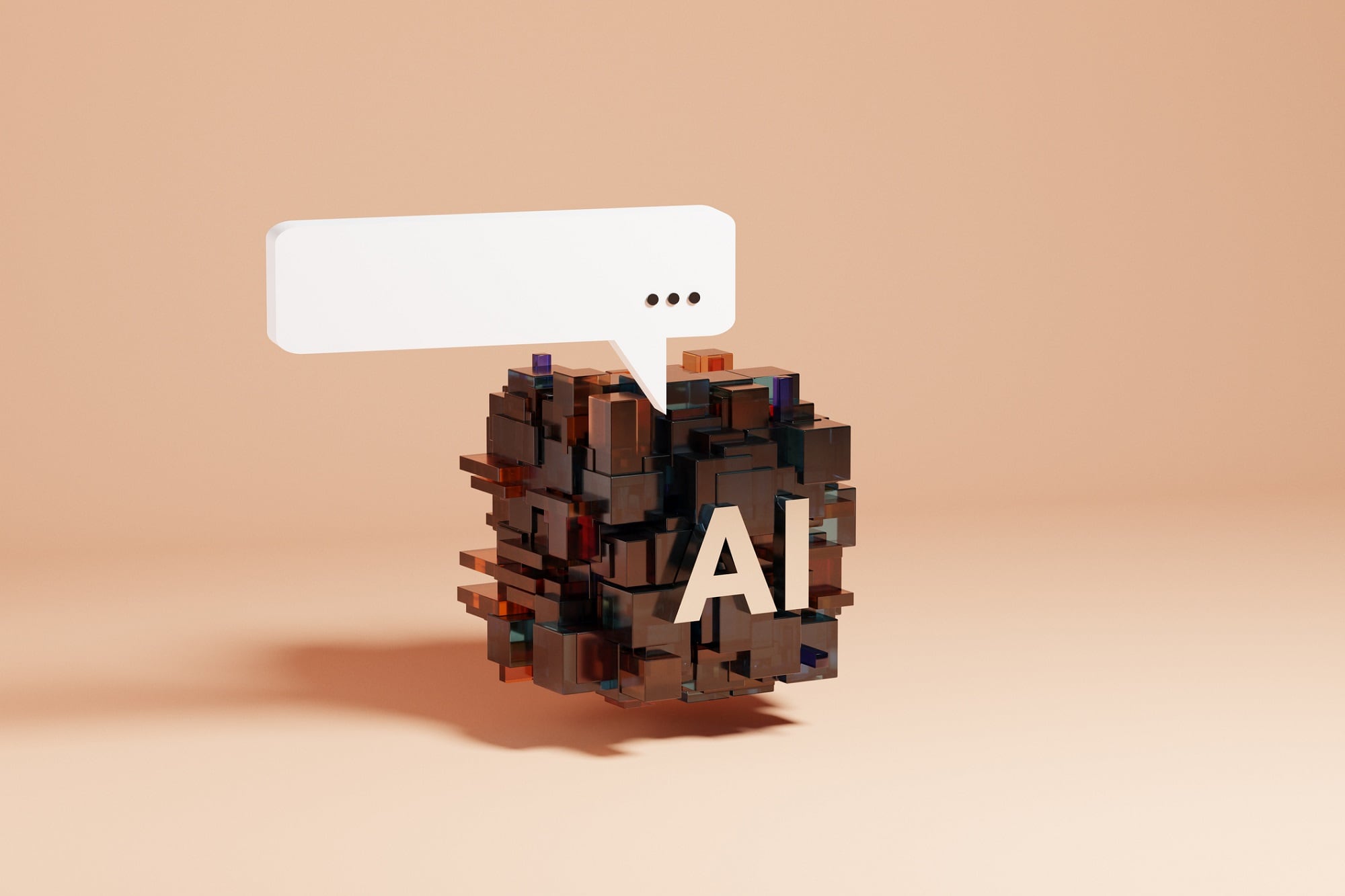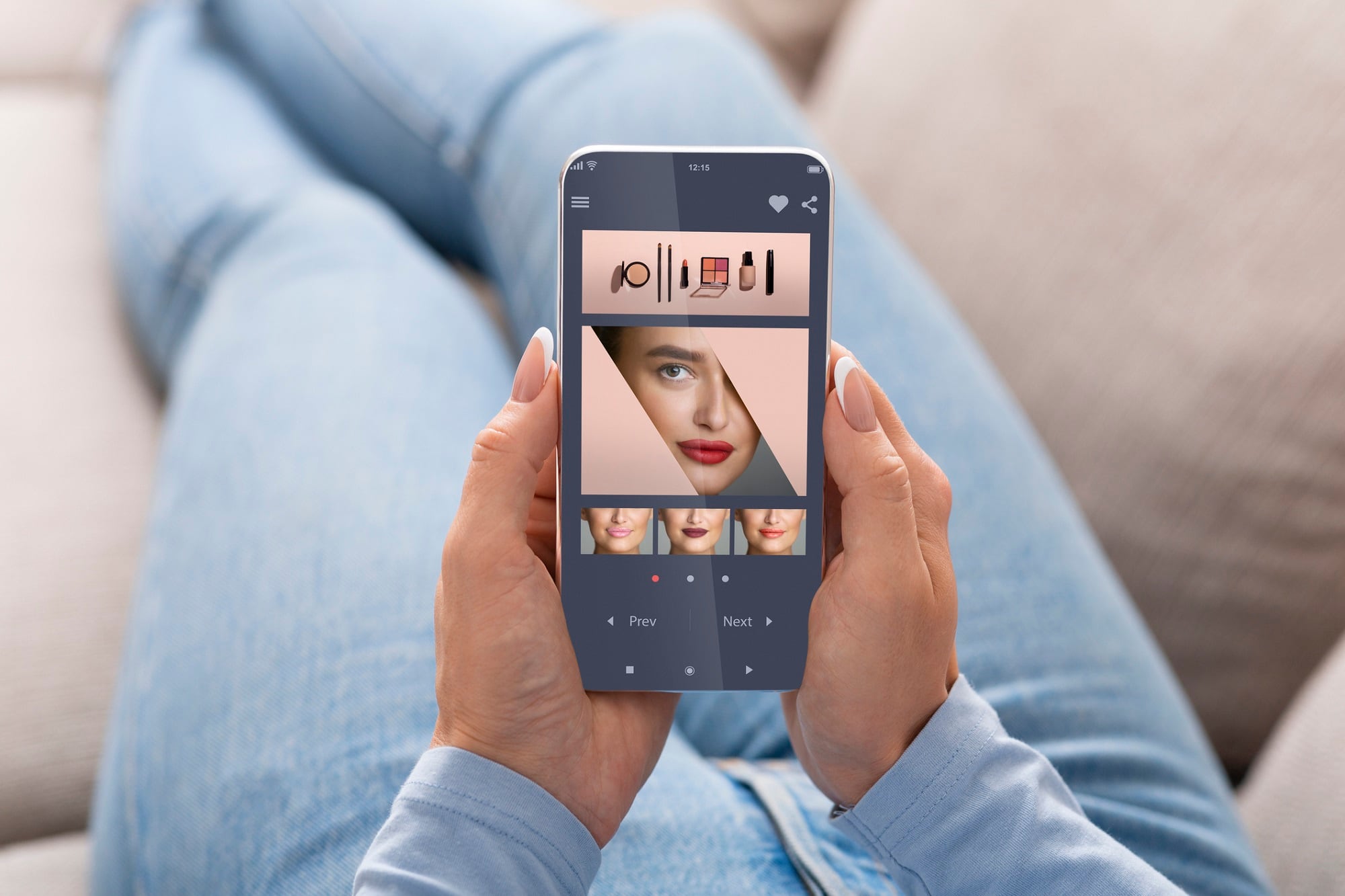Artificial intelligence (AI) is one of the most talked-about trends in beauty technology in 2024, and for good reason: According to a report published this month by The Business Research Company, “major players in the AI in beauty and cosmetics market are L’Oréal S.A., Beiersdorf AG, Olay, Shiseido, Procter & Gamble, Pure & Mine, YOus Skincare, My Beauty Matches, EpigenCare Inc., mySKIN, Haut.AI, Luna Fofo, Revieve, Anokai, and Youth Laboratories,” and that the space is “expected to reach $6.8bn in 2027 at a CAGR of 14.4%.”
The report defined “the main types of AI in the beauty and cosmetics market” as “personalized recommendation tools, performance marketing measurement platforms, demand forecasting and supply chain tools, real-time customer service platforms, and AI-based beauty devices.” But what risks do incorporating these AI technologies and tools pose to beauty industry companies, and do the benefits outweigh the risks?
For answers to these questions and a closer look at this rapidly growing segment of the beauty industry, CosmeticsDesign spoke to attorneys Kelly Bonner and Agatha Liu of Duane Morris, LLP, for their insights and experience.
Kelly Bonner’s practice focuses on litigation risk and regulatory issues affecting businesses in the cosmetics and personal care industries, as well as cross-jurisdictional and complex commercial disputes involving FDA-regulated and consumer-branded products, and Agatha Liu has assisted clients with AI-related legal needs since the inception of her practice based on prior experience and training.
Common uses for AI in beauty & associated risks
One of the most common uses for AI technology is personalizing products and offering personalized product recommendations. “As beauty has become increasingly personalized,” Bonner explained, “companies are increasingly deploying AI technologies to enable customers to visualize new looks (virtual try-on tech) or communicate with customers via chatbots that act as virtual assistants and offer personalized product recommendations.”
Additionally, said Liu, “we see more robots automating beauty tasks performed on customers, such as applying cosmetics or other beauty products to human faces or bodies.”
While these tools are helpful for consumers navigating purchasing decisions for beauty products, “significant risks can arise during various stages of working with the AI technology,” Liu shared. For example, she illustrated, “companies that collect training data from third-party sources to develop their own AI techniques could risk IP infringement.”
Further, “as companies solicit input from customers to feed into specific AI techniques, they can risk privacy breach especially given the highly personalized nature of the industry,” said Liu.
Additionally, Liu continued, “as companies utilize AI techniques to generate specific products or services, they can risk harm to customers [which] could come in different forms.” For example, she explained, “customers could suffer when AI-generated skin care recommendations follow results of flawed studies or result from biased assumptions, or when AI-generated beauty tips to customers include what sounds like personal attacks or encourage excessive spending.”
Other challenges relate to product claims, added Bonner. “Some fundamental challenges include ensuring that any generative software avoids making product claims that are false or misleading, unsubstantiated, or that blur the lines between products regulated by the FDA as cosmetics versus products that are regulated as over-the-counter drugs,” she said.
Mitigating risk
Beauty companies looking to use existing AI software but mitigate their potential risk in doing so “should study and test any existing tools to ensure that they produce accurate, appropriate results and have robust privacy protections,” Liu recommended. For companies developing their own AI tools internally, she advised them to “adopt guardrails to reduce algorithmic bias and data defects.”
Furthermore, she continued, regardless of how beauty companies integrate AI tools into their business practices, “companies should educate and train their employees and customers on the usage and limitations of AI tools and establish agreements with software vendors, engineers, customers, and relevant parties to define IP ownership, clarify data handling, and reduce liability,” said Liu.
Points of consideration for beauty companies regarding AI technology
While “today’s AI technology can save a fair amount of time in not only performing conventional services, but also uncovering hidden insight into consumer motivation and behavior,” Liu noted, “on the other hand, today’s AI technology generally lacks transparency and suffers from hallucination and thus still requires a considerable amount of human review.”
Therefore, she recommended that “while companies are encouraged to incorporate AI technology into their offerings, they should closely monitor how it is utilized and what it produces and make adjustments or take remedial steps as appropriate.”
Bonner added that “tools like VTO tech and conversational AI can deliver real-time, personalized experiences and generate tailored product recommendations, visuals, and descriptions that appeal to how Gen Alpha thinks and shops.”
However, she cautioned, “it’s very important for companies to balance innovation with compliance, particularly as technological innovation oftentimes outpaces legal regulations and consumer protection standards.” Ultimately, she concluded that “these are business judgments and risk assessments that companies will have to make, and it’s important to have the advice of counsel when making them.”
The future of beauty AI
Regarding the future of AI technology in the beauty industry, Liu shared that “generative AI has made it easier to find and generate desired contents, [and] in the beauty industry in particular, characterized by an insatiable curiosity and a perpetual pursuit of enhancement, the exchange of information via AI tools is poised to accelerate.”
Further, she noted that “in an effort to solidify their market standing, captivate clientele, and foster the dissemination of precise and beneficial information, an optimistic look has companies being more attuned to customer preferences and more engaged in the deliberate curation of contents,” and “this dynamic, in turn, catalyzes the refinement and augmented adoption of the innovative AI instruments.”
Bonner affirmed Liu’s sentiments and added that “as brands compete for younger and more tech-savvy consumers who are increasingly concerned about skincare, and preventing the appearance of aging, I envision brands increasingly relying on conversational AI tools to personalize content across platforms, particularly when it comes to product recommendations for skin concerns, visualizing before-and-after images, and using ‘aging’ filters to identify emerging concerns.”





